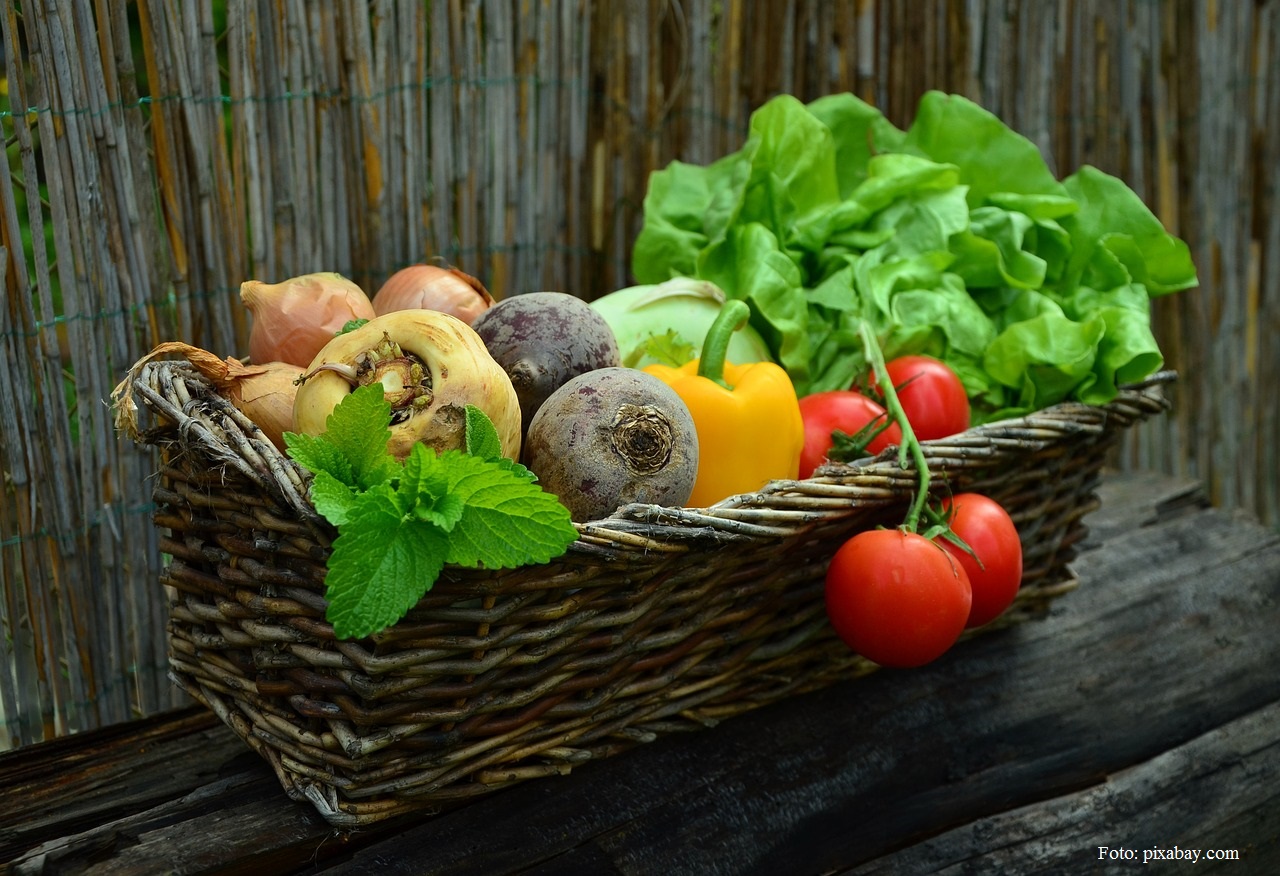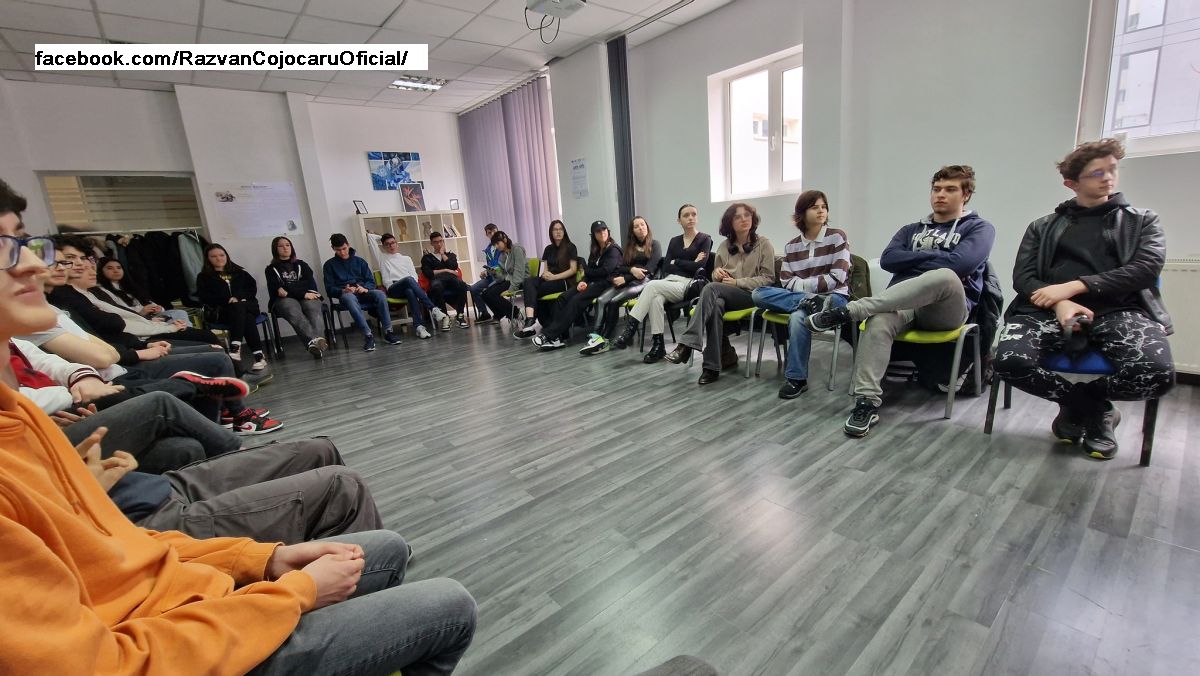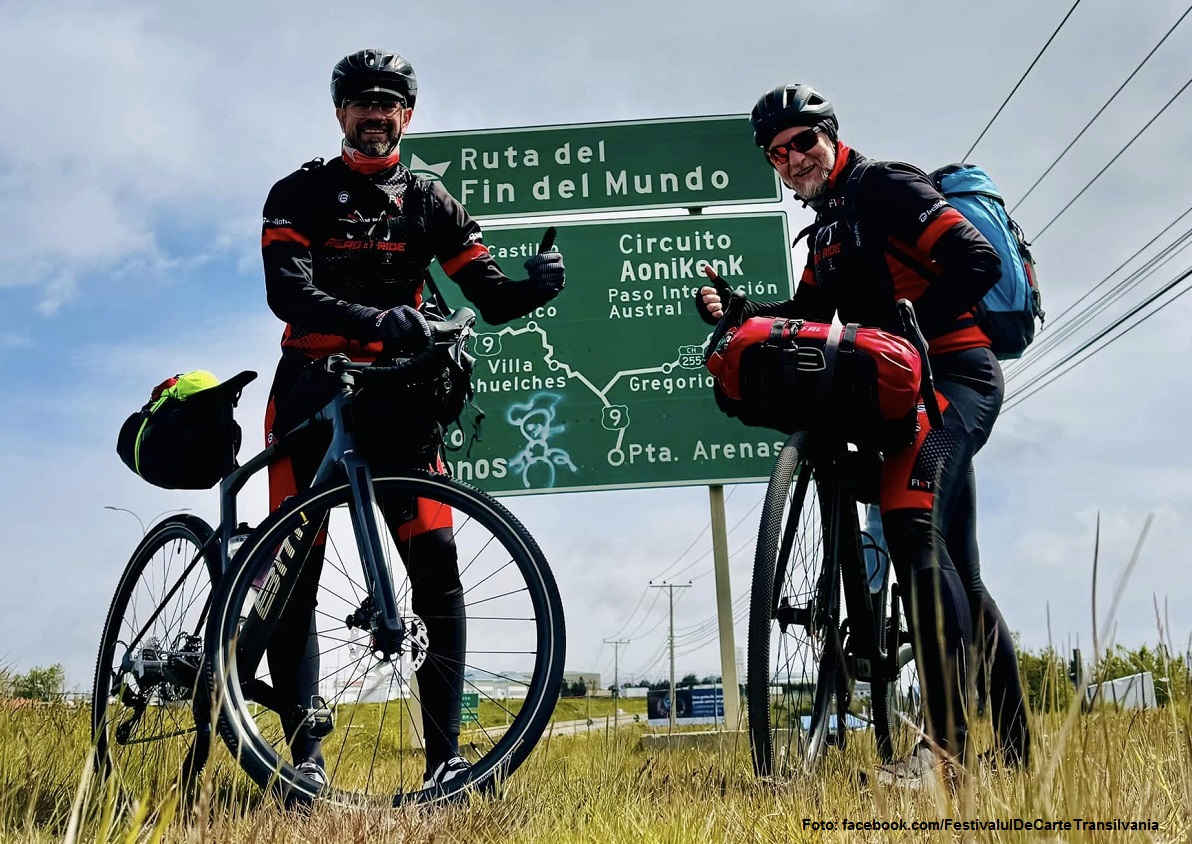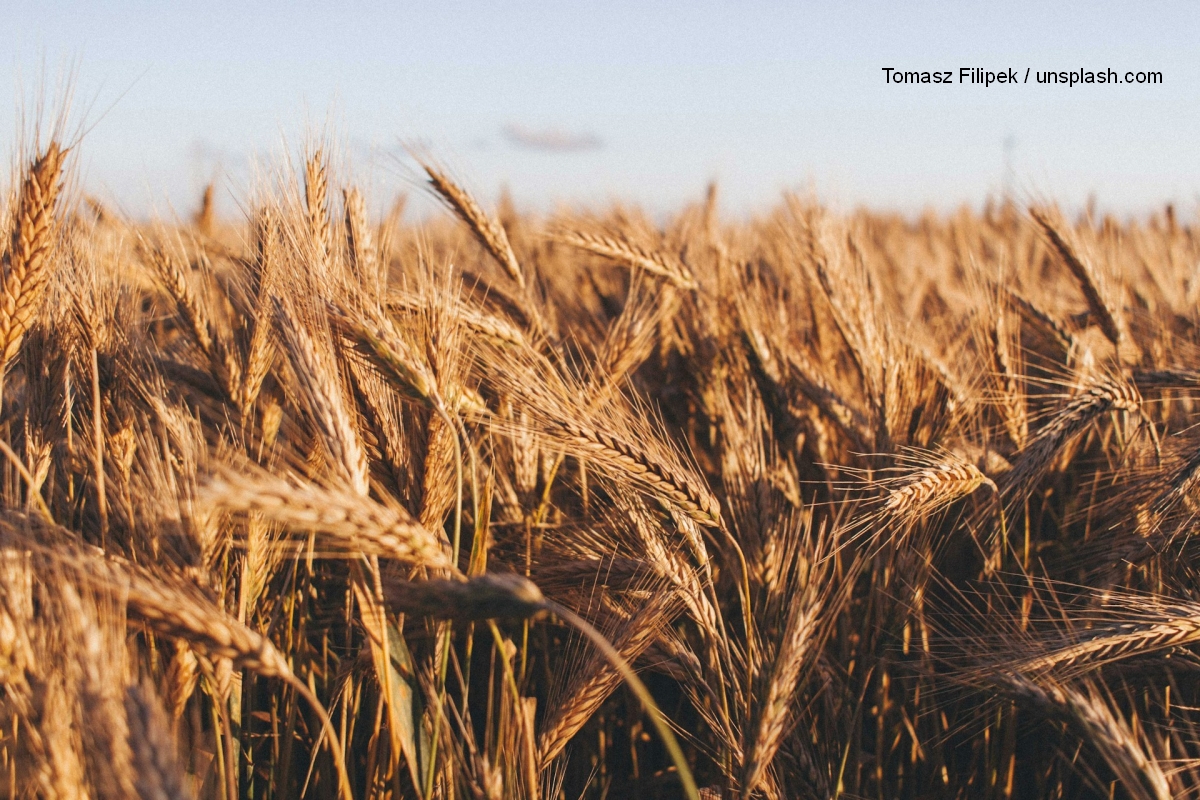A taste of Dobruja
There are 14 ethnic minorities living together in Dobruja, a region located between the Danube and the Black Sea.
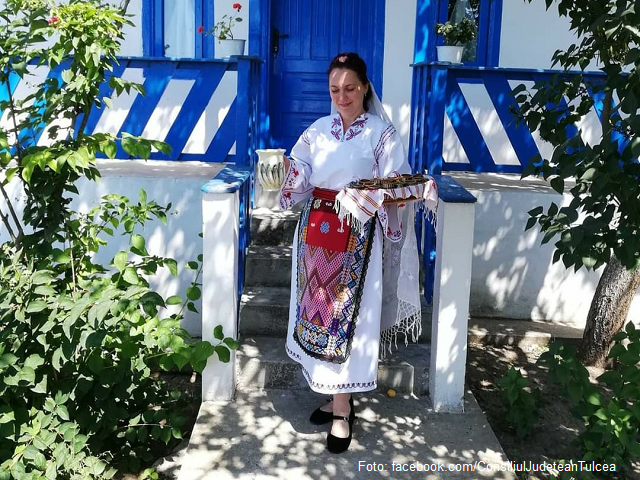
Ștefan Baciu, 18.01.2022, 10:53
There are 14 ethnic minorities living together in Dobruja, a region located between the Danube and the Black Sea. Dobruja is also home to the largest Turkish-Tartar minority in Romania, due to the fact that this province had been under Ottoman rule for more than four centuries. The area is also home to communities of Lipovan Russians and Ukrainians, who live in a number of localities here.
Our story begins on the bank of Golovita Lake, near the Romanian Black Sea coast, in a village called Vișina, which stands out due to the cultural events held here. It all started after Bianca Folescu, who used to live in a city, decided to buy a holiday home in the village of Visina. Quite unexpectedly, this new home opened her taste for local traditions. Bianca Folescu and she tells us more about it: ”This was not a sudden decision. Everything happened in time. The first step was to buy the house in the village of Visina for me and my children, a quiet place to relax on weekends. Little by little, I fell in love with this place, its traditions and customs and I started to understand what living at the countryside meant and, more importantly, that the simplicity of life here was a treasure I was about to discover. That was the moment when I first considered moving here for good. Of course, the entire household was extended, so spending a lot of time here was not only something I loved doing, but something that was needed. It was not an easy decision to move from the city to the countryside, and it brought along many changes, but I think it was one of the best decisions of my life.”
Bianca Folescu gave up the comfort of the city for a simple way of living. She learned to make the fire in the stove, got to know her neighbors better and learned everything she could about the community. She has central heating now and the other villagers took her example: ”This was not a village with any notoriety so I tried to steer the activity of a Bulgarian dance ensemble that was till keeping traditions here in the village, to make it more visible. Things have developed in time. It is a very beautiful ensemble, made up of women and children, so I had great interaction with an important part of the villagers.”
Bianca Folescu also became a promoter of local gastronomy: ”I took part in certain events and I organized events centered around local gastronomy. There is a mix of ethnic communities here, so I did not stop at Bulgarian gastronomy alone, but I also included Tartar and Romanian dishes. The challenge was, however, to find all sorts of products, with various names, which are easy to make. Dishes based on vegetables and pies are such examples.”
Refurbishing her own house, the interior in particular, gave Bianca Folescu the idea of opening a small museum in a house close to hers: ”The museum has five rooms, each with its own specificity. The village of Visina is in the middle, then there is the Bulgarian room, then the Lipovan room, the Dobruja room, because the Romanian community forms the majority, the Oriental room, for the Turks and the Tartars and, finally, the Aromanian room. Each room is decorated in the particular style of the ethnic groups it represents, combining original objects, found in the respective communities, with new objects, that imitate the original ones. ”
The furniture objects, the curtains, kitchen towels and tools exhibited in the household were donated by the villagers. Bianca Folescu learned a lot from the local craftsmen, from embroidery to pottery and traditional architecture, and she started collaborating with folk art museums in Constanta and Tulcea. (EE)

